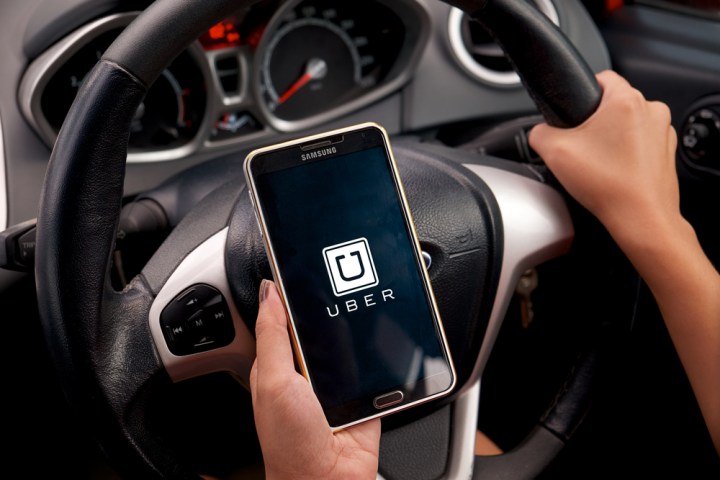
Kaligo is a loyalty-based booking service. It attracts and retains customers by linking hotel stays to users’ favorite loyalty programs. When you make a reservation with Kaligo, the first step is to choose which one of its loyalty program partners you want to earn rewards with. If you’d rather rack up miles with American Airlines AAdvantage or United’s MileagePlus, for example, you can’t choose Uber for earning rewards. But if you do choose Uber, you’ll earn at least a $5 ride voucher for each completed hotel stay.
According to Kaligo, a $500 hotel stay in the U.S. booked through Kaligo.com will earn from $25-$100 in free Uber rides. You don’t get ride vouchers immediately. After you complete your hotel stay you’ll be contacted via email by a Kaligo concierge for your preference of individual ride vouchers in $5, $10, or $25 denominations. After receiving your response the booking company will email you promo codes that U.S. residents can use for Uber rides in the U.S.
To attract people to the Kaligo-Uber partnership, people who book their first U.S. hotel stay through Kaligo will receive $20 in free Uber rides, regardless of the length or cost of the stay. There’s also a launch promotion that runs through August 31, 2016 — one winner will get $200 worth of Uber rides each month for a year.
Uber promo codes from Kaligo.com have to be used within 30 days of being issued. If you stay in hotel rooms frequently and only use Uber occasionally, you can score some free rides and still get frequent flyer miles, just by choosing different loyalty programs when you make the reservations with Kaligo.com.



